In Como, while walking through the streets of the city center, you might come across Galleria Ramo. A blue light emanates from the back room, prompting curiosity about its nature. The storefront provides some ambiguous clues. A series of sculptural works reference an industrial and mechanical universe. These are the artworks of Venetian artist Nicolò Masiero Sgrinzatto. From an external viewpoint alone, there’s a visual contrast between the clean display of the first room, resembling a “white cube,” and the blue light in the background, emanating from small circularly arranged lights. We met with gallery owner Simon J.V. David and the artist to delve deeper into these artworks, which are as clean and intricate as they are challenging to interpret. The exhibition’s title, “Caìgo,” – open until December 3rd – gives an initial significant hint to the observer. The term is typical of the Venetian dialect and means “dense fog.” Masiero Sgrinzatto’s artistic exploration is closely tied to his origins, particularly with the provincial dimension, enveloped by fog, monotony, and the culture of labor. In other words, the artist focuses his investigation on the themes of toil and work, seen as an intrinsic moral imperative within the Venetian socio-cultural fabric. More specifically, the artist identifies the dimension of the village fair as an emblem of provincial everyday life and further emphasizes the carousel as an allegory of the surrounding reality.

Getting into specifics, Masiero Sgrinzatto’s installations and sculptures revolve around the concept of the carousel, its playful and structural function perceived by the artist as a perfect metaphor for a society dedicated to the culture of labor. «The carousel is afflicted, compelled to perform and fuel an ongoing game of losses, a round dance without an exit,» shares the artist, who reflects on the context of the village fair, a typical “container” for carousels and playful attractions. Here, it represents a “general condition of celebration and community in which, simultaneously, one perceives a line of tension, a contrast between forces that contribute to defining and emphasizing a hyperbolic and ambiguous environment.”
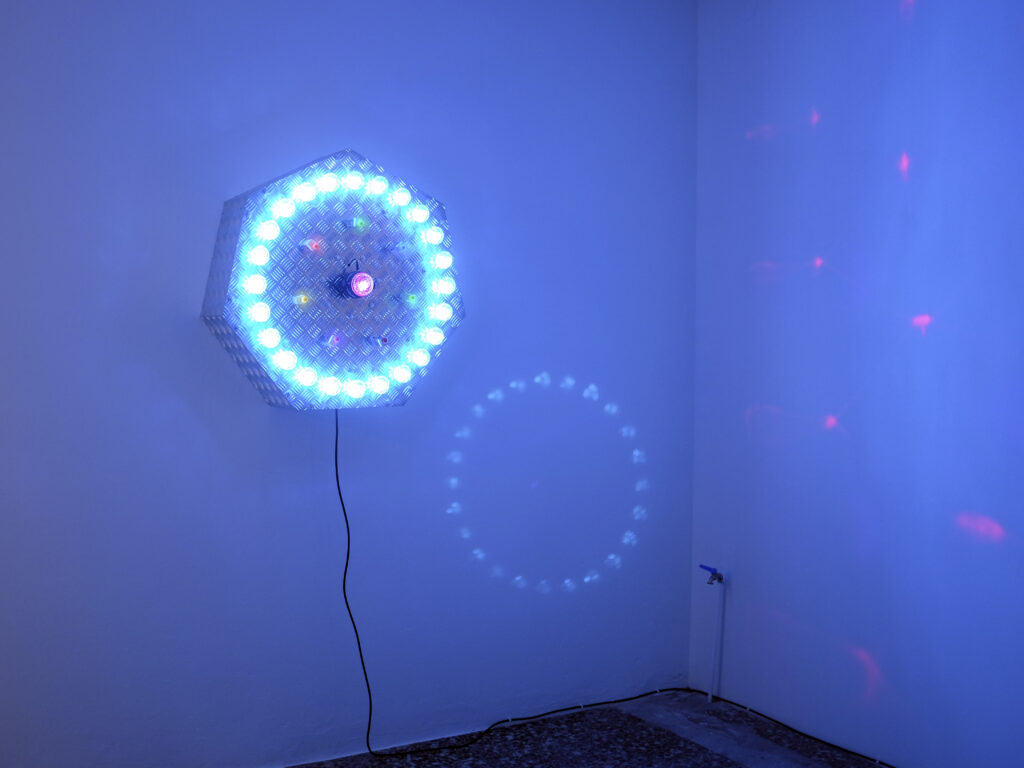



From a technical and material standpoint, the artist’s choice to utilize industrial scrap materials enhances the imagery he aims to create. In Edoardo Durante‘s critical text, the message is clear: “The appropriation of waste materials like residues from car tires, steel bars, electrical cables, brass cylinders inherently encapsulates a condition of constant failure.” His works are “machines in becoming, unable to fully express their potential, destined to exist within a precarious and contradictory dimension, much like that in which the contemporary individual lives.” In this regard, the words of Simon J.V. David succinctly encapsulate the artist’s intent: “Nicolò Masiero Sgrinzatto, through his artistic exploration, delves into the chaos of social interactions in village fairs, transforming provincial life into an intense stage for confrontation and dialogue. Sgrinzatto masterfully captures the struggle of the laborer to express their potential in a precarious context, offering a reflective gaze on daily life in the provinces.”
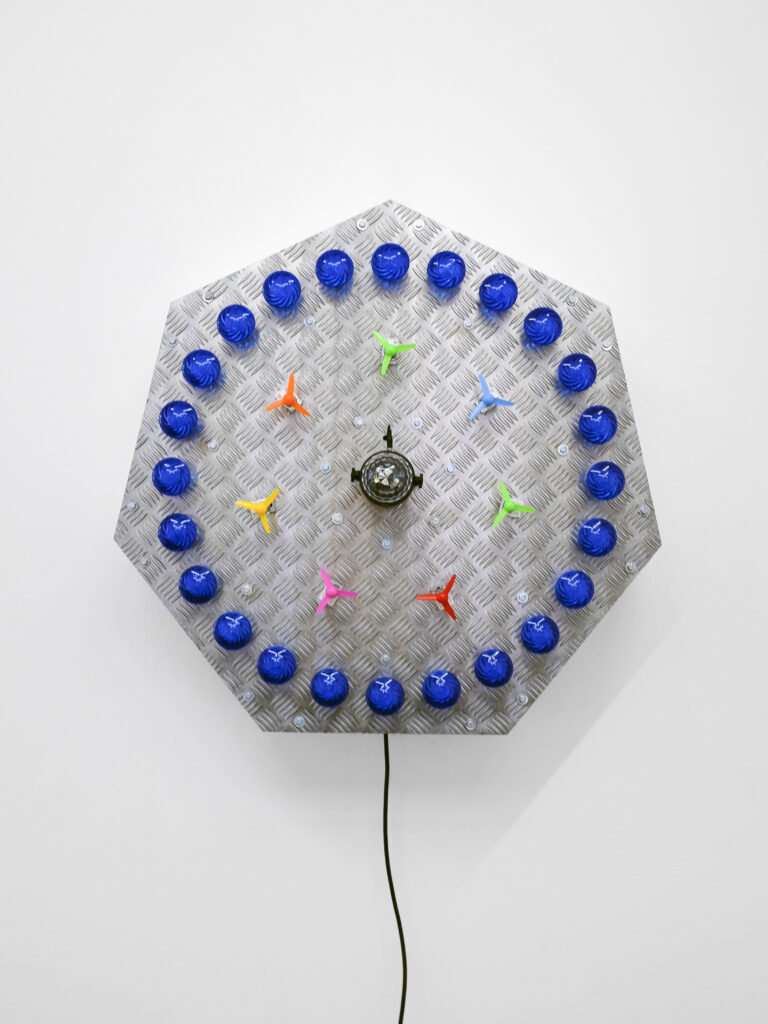



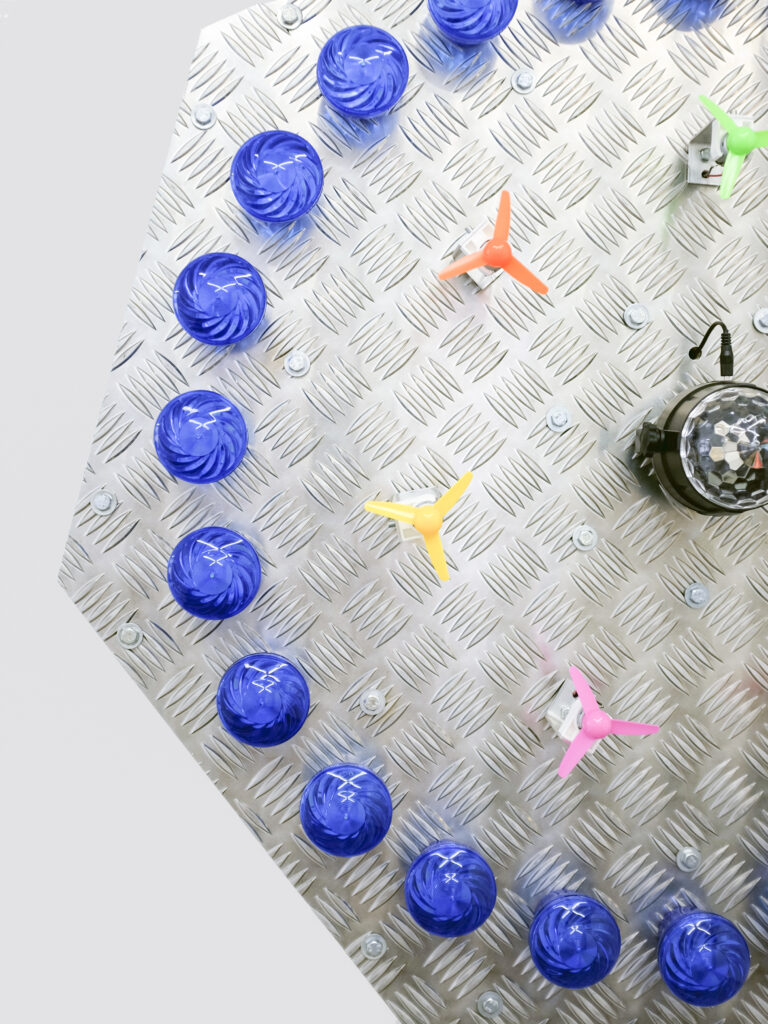



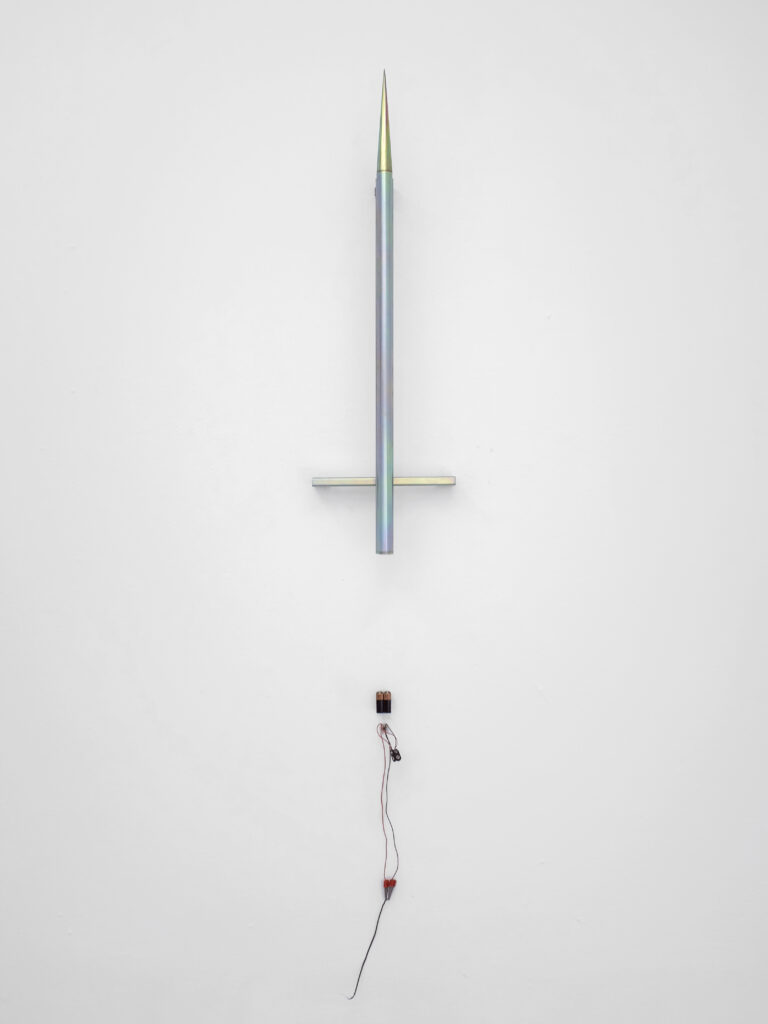



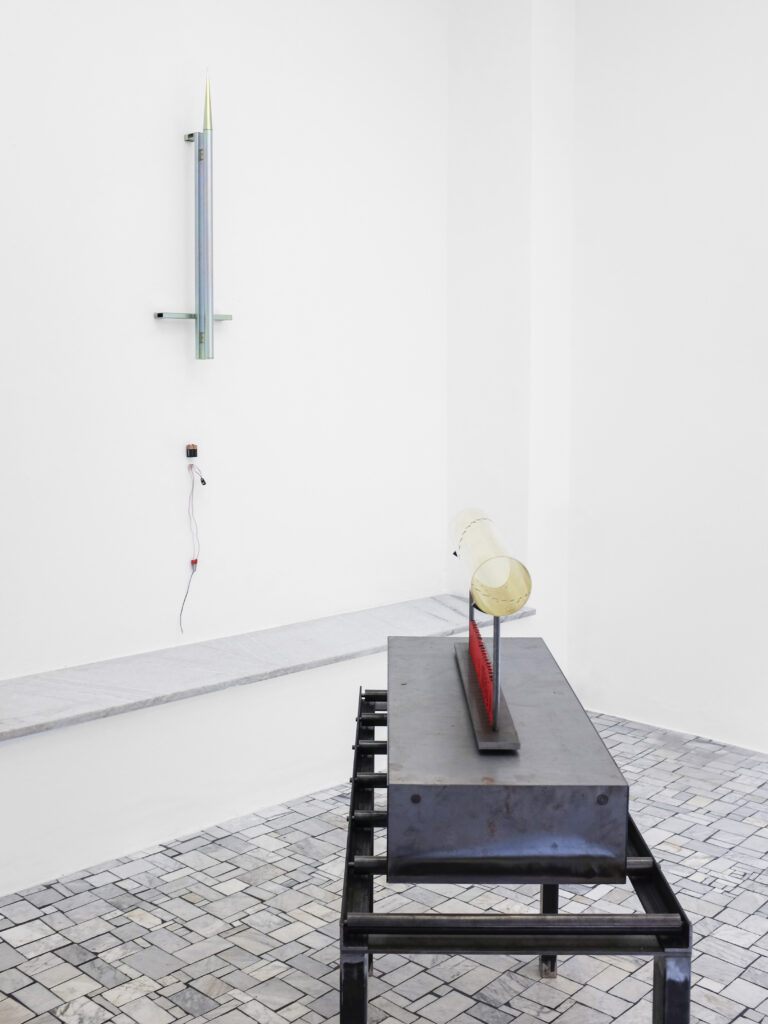



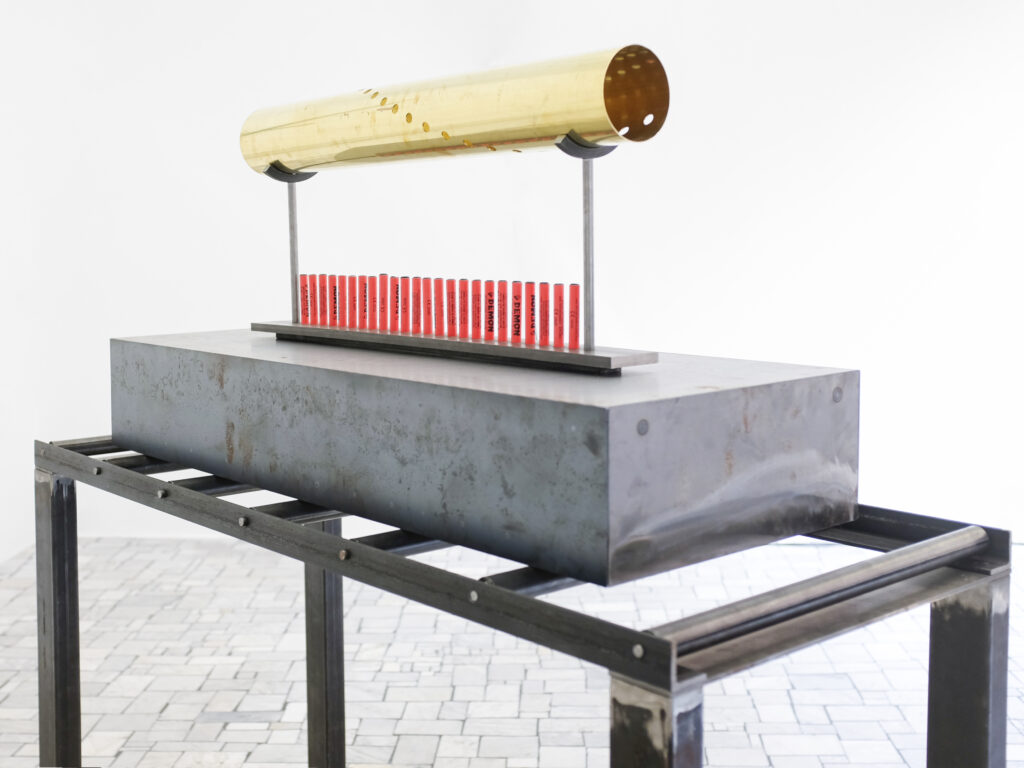



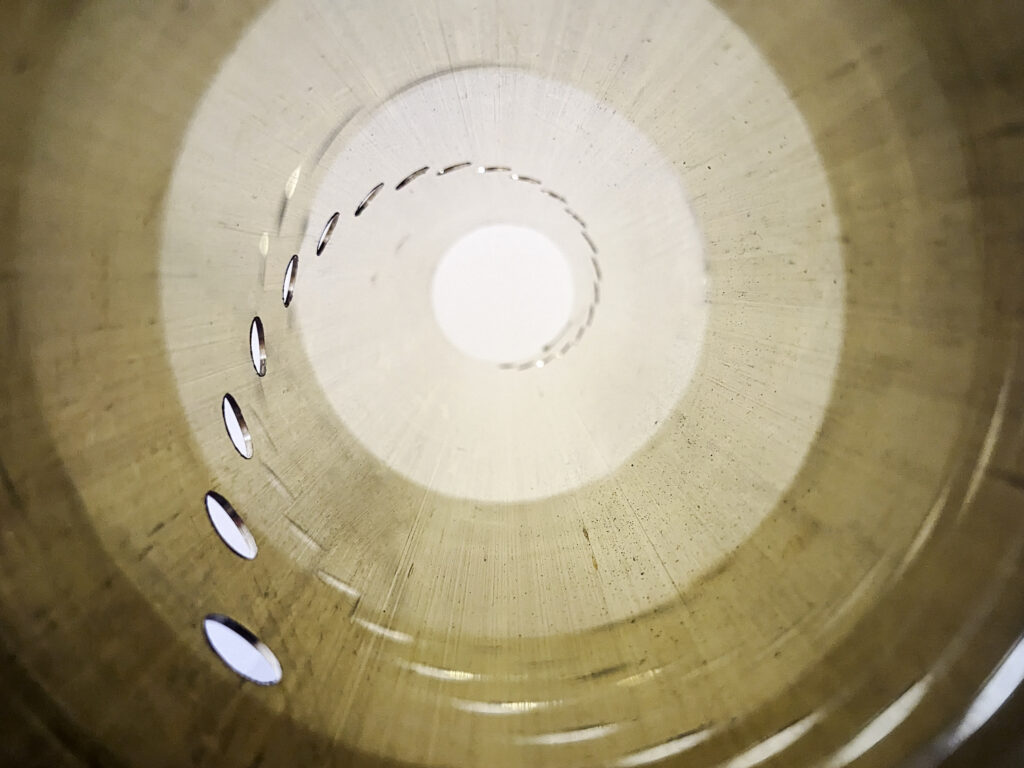



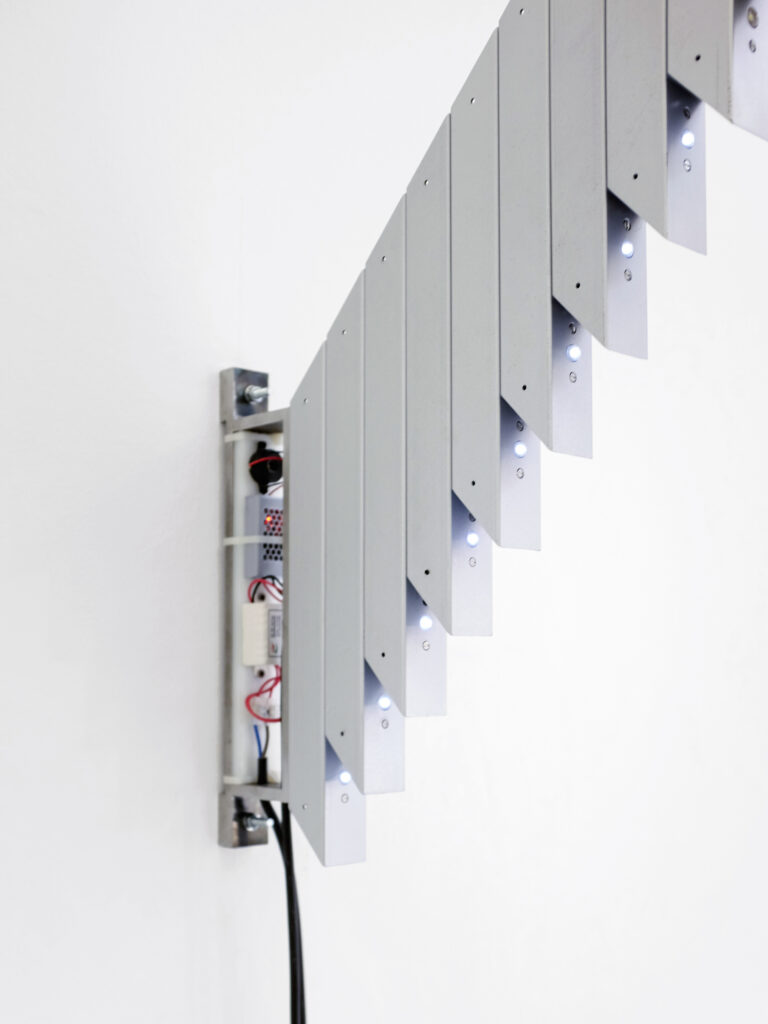



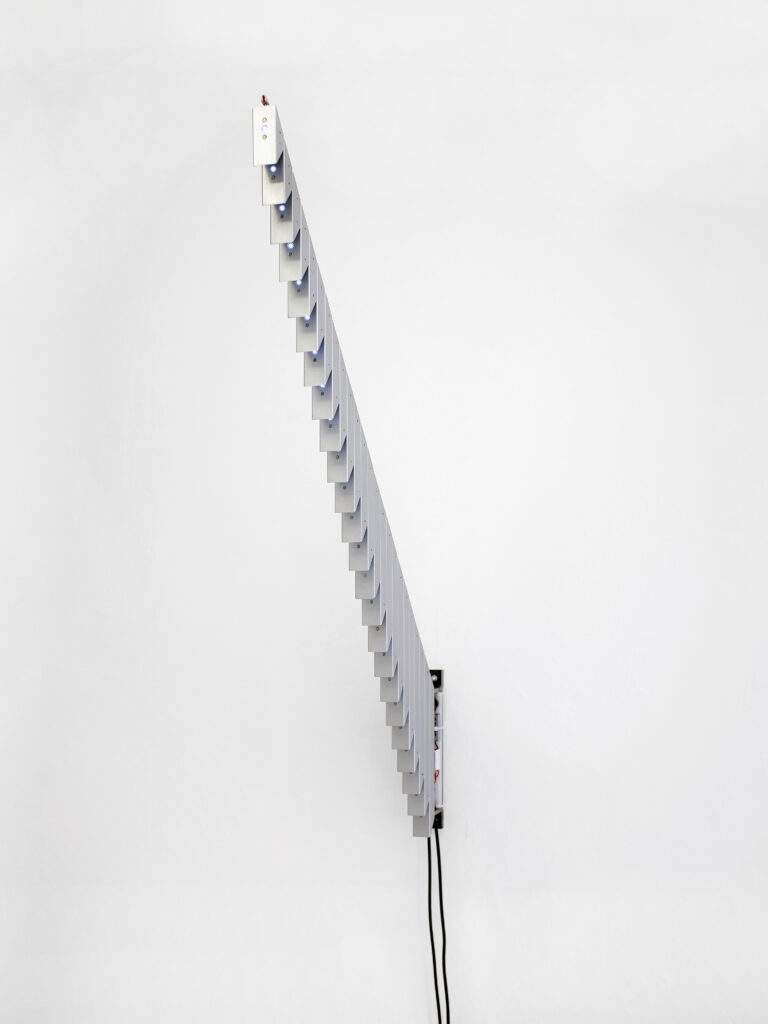



Courtesy Galleria Ramo and Nicolò Masiero Sgrinzatto
Ph credits Simon J.V. David
This post was originally published on this site be sure to check out more of their content.






